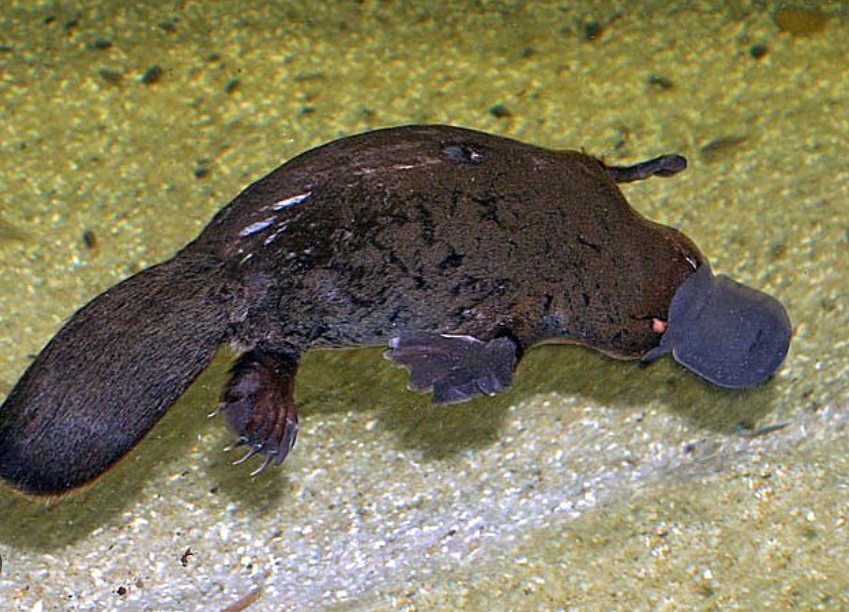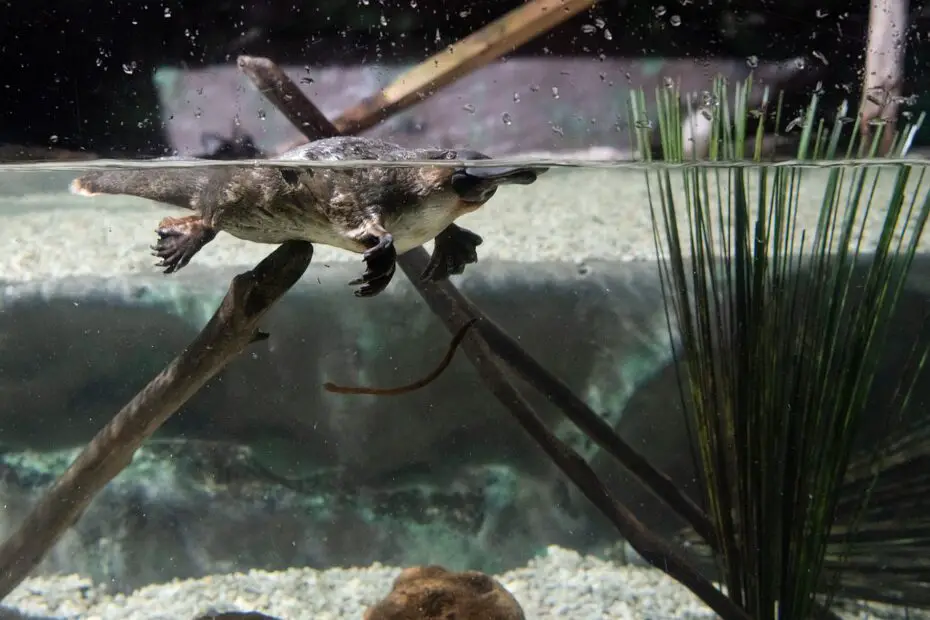Are Platypus Poisonous?
Are Platypus Poisonous? Welcome to the intriguing world of the platypus, one of Australia’s most captivating and unique creatures. While the platypus is renowned for its bizarre appearance and fascinating adaptations, there is a particular aspect that sets it apart from other mammals—the presence of venom. In this article, we delve into the secrets of the platypus and explore its venomous nature, shedding light on its function, effects, and the captivating mysteries that surround it.
You may also want to read about animals that lay eggs.
Unveiling the Unique Platypus
The platypus, with its duck-like bill, webbed feet, and beaver-like tail, is a truly extraordinary animal. Found exclusively in Australia, it is a monotreme—a group of egg-laying mammals that also includes echidnas. The platypus is a semi-aquatic creature that spends much of its time in rivers, streams, and freshwater habitats.
The Venomous Mystery
Are Platypus Poisonous? Unlike other venomous creatures like snakes or spiders, the platypus’s venomous nature might come as a surprise to many. Male platypuses possess venomous spurs on their hind legs, making them one of the few venomous mammals on Earth. The purpose and effects of this venom have puzzled scientists for decades.
The Venomous Spurs
Located on the inner side of the platypus’s hind legs, the venomous spurs are a unique feature possessed by adult males. These spurs are used primarily during mating season and territorial disputes, with males delivering venomous strikes to their opponents.
Function and Effects of Platypus Venom
The composition of platypus venom is a complex mix of proteins and peptides that interact with the victim’s physiology. Although the venom is not lethal to humans, it can cause intense pain and swelling. Research suggests that the venom likely plays a role in subduing prey, protecting territories, and fending off potential predators.

Venomous Encounters
While rare, venomous encounters with platypuses have been reported. Swimmers or individuals accidentally coming into contact with a male platypus’s spurs may experience the effects of the venom. However, it’s important to note that platypuses are generally docile creatures and do not pose a significant threat to humans unless provoked or cornered.
Adaptations and Evolutionary Significance
The presence of venom in the platypus raises questions about its evolutionary history and biological significance. Scientists believe that the venomous adaptation may have evolved as a defense mechanism or as a way to gain an advantage during mating rituals. Studying the platypus’s venom provides valuable insights into the evolution of venomous traits in mammals.
Fascinating Facts about Platypus
Beyond its venomous nature, the platypus boasts several other fascinating attributes. Did you know that platypuses are excellent swimmers, with the ability to close their ears and nose underwater? Or that they use electroreception—a sense similar to a built-in GPS—to locate prey? The platypus continues to surprise and captivate scientists and nature enthusiasts alike.
Conservation and Protection
As an iconic Australian species, the platypus faces various threats, including habitat loss, pollution, and climate change. Efforts are underway to conserve and protect these unique creatures, including habitat restoration, pollution control, and public awareness campaigns. Understanding the role of platypus venom and its ecological significance can aid in their conservation.
Conclusion
Are Platypus Poisonous? The platypus remains an enigmatic creature, captivating us with its peculiar appearance and intriguing adaptations. Its venomous nature adds an extra layer of fascination and mystery. As scientists continue to study and unlock the secrets of the platypus, we gain a deeper understanding of its place in the natural world and the importance of protecting this remarkable species.
FAQs
1. Are platypus venomous to humans? While platypuses possess venomous spurs, they do not pose a significant threat to humans. The venom can cause pain and swelling but is not lethal. Avoiding contact with a male platypus’s spurs is advisable to prevent any potential venomous encounters.
2. Can female platypuses deliver venomous strikes? Female platypuses do not possess venomous spurs, and therefore, they cannot deliver venomous strikes like their male counterparts.
3. How is platypus venom different from snake venom? The composition and effects of platypus venom are distinct from snake venom. Platypus venom primarily causes intense pain and swelling in humans, while snake venom may have various effects, including paralysis and tissue damage.
4. Are all platypuses venomous? No, only adult male platypuses possess venomous spurs. Female platypuses and juvenile males do not have venomous capabilities.
5. What other unique adaptations do platypuses have? Apart from their venomous spurs, platypuses possess several other unique adaptations. They have a bill equipped with electroreceptors, webbed feet for swimming, and the ability to close their ears and nose underwater. These adaptations enable them to thrive in their aquatic habitats.
